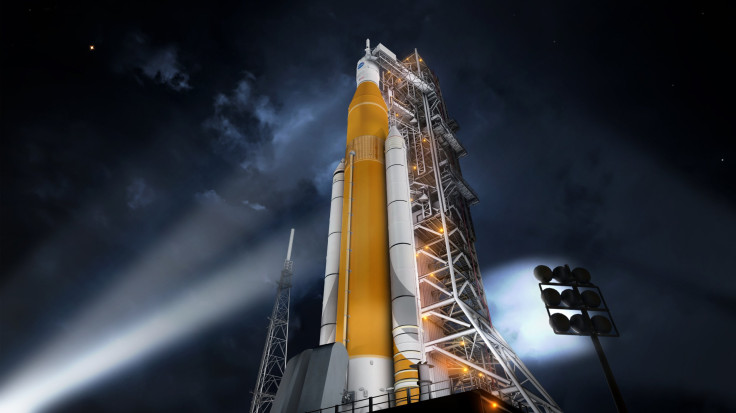NASA, SpaceX To Use 'Green' Fuel For The First Time

NASA has taken a major step in becoming more environmentally friendly by developing a non-toxic fuel that will be used in a future mission through upcoming launch of SpaceX’s Falcon Heavy spacecraft. Aside from its environmental benefits, the space agency said the new fuel is more cost-effective to use.
Dubbed as the Green Propellant Infusion Mission (GPIM), the project is a collaborative effort between NASA and various companies and departments for the demonstration of a safer and more effective propellant.
The green fuel that will be used for the GPIM was developed by the Air Force Research Laboratory in California. The new propellant features a mixture of hydroxyl ammonium nitrate and an oxidizer.
The development of the GPIM fuel is a huge step for all parties involved since it marks a significant transition from the use of hydrazine, which is the type of fuel used by modern spacecraft, NASA said in a statement.
Unlike the new fuel, hydrazine is extremely dangerous and toxic especially to humans. Handling the fuel requires special safety precautions such as the use of oxygen masks, protective suits and rubber gloves. Through the green fuel, NASA aims to reduce the handling restrictions.
Aside from its non-toxic nature, the new fuel is also more cost-efficient than its traditional counterpart. Since the fuel is safer to handle, a spacecraft can already be loaded with the propellant even during its manufacturing phase. In addition, it provides almost 50% better performance than hydrazine, allowing a spacecraft to travel for a longer period of time even with minimal fuel onboard.
The GPIM will be able to fully test the new fuel after it launches as a payload for the STP-2 mission through SpaceX’s Falcon Heavy rocket. The mission is scheduled to commence sometime this month.
Depending on the results of the mission, NASA and its partners could turn to the new propellant for its future missions. According to Fred Wilson, director of Aeorojet Rocketdyne, the company that developed the propulsion system for the GPIM, his firm will focus on building similar systems that can cater the new green fuel.
“We see interest in using green propellant across the space industry,” he said in a statement. “The trend is towards smaller and smaller satellites, to do more mission in a small package.”
© Copyright IBTimes 2024. All rights reserved.





















